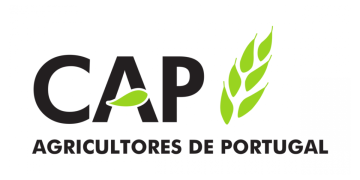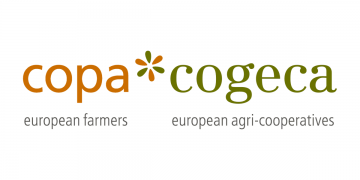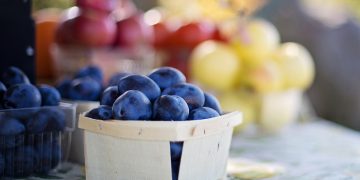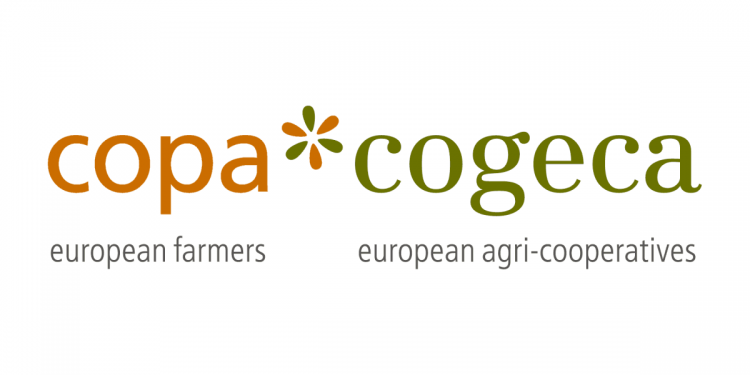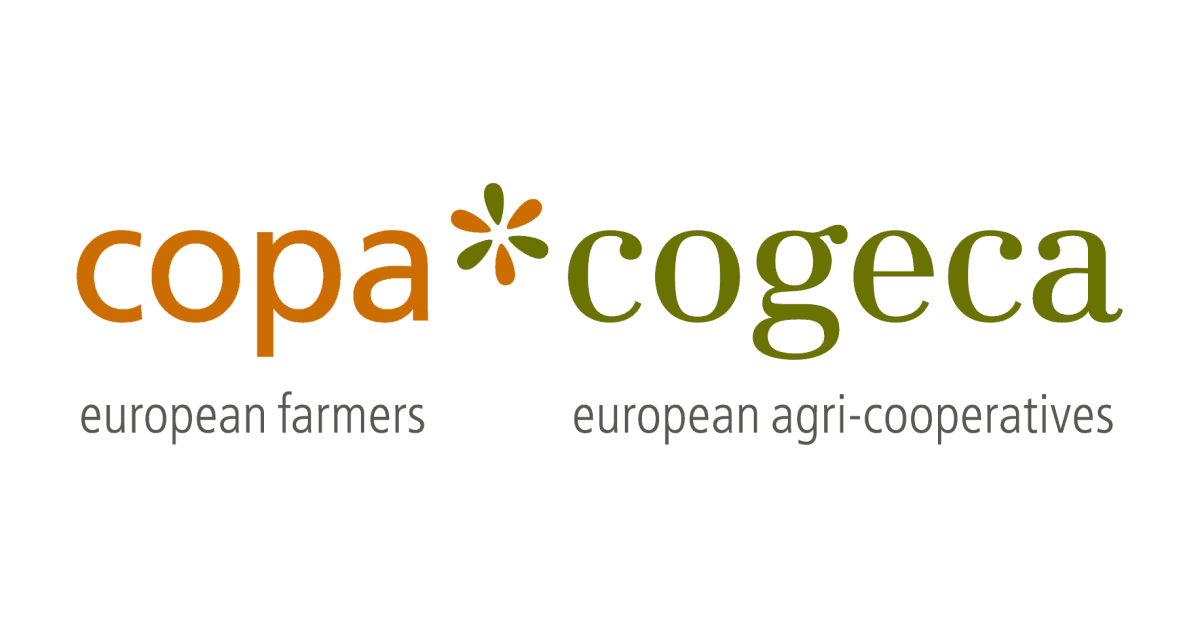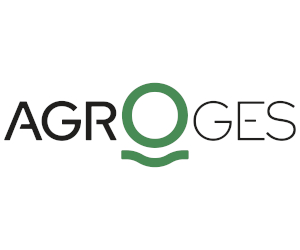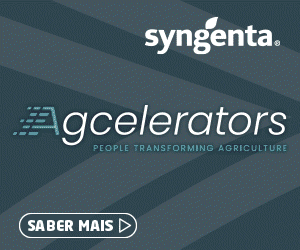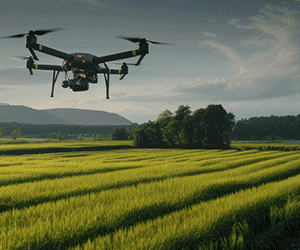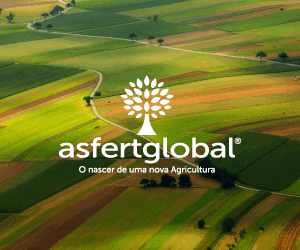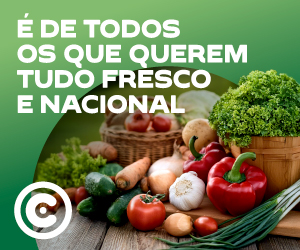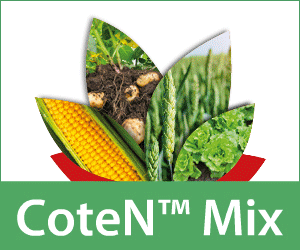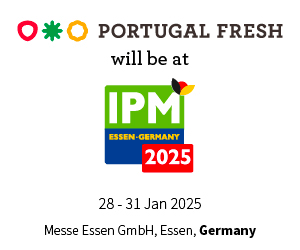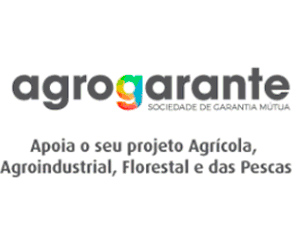As an arable crops farmer in central France, I have been on the frontline during three particularly difficult years for our production sector. Speaking with many of my fellow farmers across the EU, I see that my experience reflects a broader, shared reality.
I see stress and uncertainty rising once again in our ranks. In less than a month-and-a-half, the current Autonomous Trade Measures (ATMs) with Ukraine are set to expire. It is critical that we do not repeat the mistakes of the past – though, at this stage, that outcome is far from guaranteed.
If common wheat and barley are not properly protected in the upcoming revision of the EU-Ukraine Association Agreement, the EU cereals sector may never recover – and no vision for the future of agriculture will be able to reverse that damage.
The COVID-19 crisis, followed by the war in Ukraine, triggered a dramatic rise in production costs – driven primarily by surging fertiliser prices. To give a concrete example, in France the average production cost per hectare of common wheat was around €1,414 in 2020. By 2023, it had soared to €2,065, with similar levels projected for 2024. A 46% increase is far from insignificant.
Similar trends are evident across the EU with production costs rising by 36% in Romania, 24% in Belgium and a staggering 68% in Ireland.
If the market had absorbed these increased costs, we wouldn’t be sounding the alarm. The problem, however, is that cereal prices in Europe have not followed this upward trend—particularly for crops now heavily imported from Ukraine since, after the outbreak of war, trade liberalisation began.
Today, common wheat prices are significantly lower than pre-war levels. In France, for example, the price at the end of 2023 was approximately €209 per tonne, compared to an average of €304 in 2020. Some may argue that 2020 is an outlier due to the pandemic, but even in 2018, the average price was €195 per tonne. While that’s slightly below today’s levels, it was seven years ago—effectively a different era, well before the current inflationary context.
Cereals not exposed to large volumes of Ukrainian imports—such as durum wheat—have experienced healthy price increases. Today’s price of €315 per tonne is not only higher than in 2020 but also significantly above the 2018 average of €230 per tonne. The contrast is striking and leads us to a clear conclusion: Ukrainian cereal imports have created a market surplus, and this has depressed prices for key EU crops.
Before trade liberalisation in 2022, EU imports of common wheat from Ukraine were limited to 0.5–one million tonnes, capped by a tariff-rate quota (TRQ) of one million tonnes. Since the removal of this quota, imports have skyrocketed to 6.5–7 million tonnes annually.
These additional imports have not substituted other sources—total EU wheat imports rose from 2-3 million tonnes to over 9 million. They have not displaced EU production either, which has declined by only one million tonnes. Nor have they matched any rise in consumption—on the contrary, EU consumption of common wheat and similar cereals has decreased.
Some might assume that common wheat imports are replacing other types of cereals used for similar purposes. This is not the case. Overall EU cereal imports increased from 22 million tonnes in 2020 to 33 million tonnes in 2023—a 50% surge—while cereal exports slightly declined from 52 to 50 million tonnes.
The arithmetic is simple: the EU market is now dealing with a surplus of at least 5 million tonnes of common wheat, with a similar imbalance for barley. You don’t need to be an economist to understand that when supply increases and demand stays the same, prices inevitably drop. This is not even taking into account that EU production has been lower than usual over the past few years.
When the current ATM framework was introduced, common wheat and barley were excluded from the safeguarding mechanism based on the assumption that market liberalisation for these products posed no risk. At the time, as Chair of the Copa-Cogeca Cereals Working Party, I travelled to Brussels to meet with Commission officials, Member State representatives, and anyone else willing to listen. I urged that common wheat and barley be included in the safeguarding mechanism. The response was always the same, namely that there was no sign of market disruption – only normal fluctuations.
After three consecutive years of negative returns from my cereal production, I can no longer accept the claim that “There is no market disturbance.” I cannot accept that common wheat and barley may once again be excluded from protection in the revised Association Agreement with Ukraine. And I cannot accept that EU institutions continue to ignore basic economic realities.
President von der Leyen, Commissioner Šefčovič, we urge you to apply common sense and take swift action to protect the EU cereals sector before it is too late, to reestablish TRQs for common wheat and barley similar to those previous to the war. Supporting Ukraine is non-negotiable—there is no question about that. Yet the real challenge lies in designing a strategy that builds synergies between Ukraine’s agricultural sector and our own. Helping Ukraine regain access to its traditional markets, which are currently under attack by Russia, is a far more sustainable and strategic solution. Attempting to replace Ukraine’s lost markets with our own will only fuel internal tensions and play directly into the hands of Russia’s growing influence in global grain diplomacy.
Cédric Benoist, Chair of Copa-Cogeca Cereals Working Party
Fonte: Copa Cogeca

